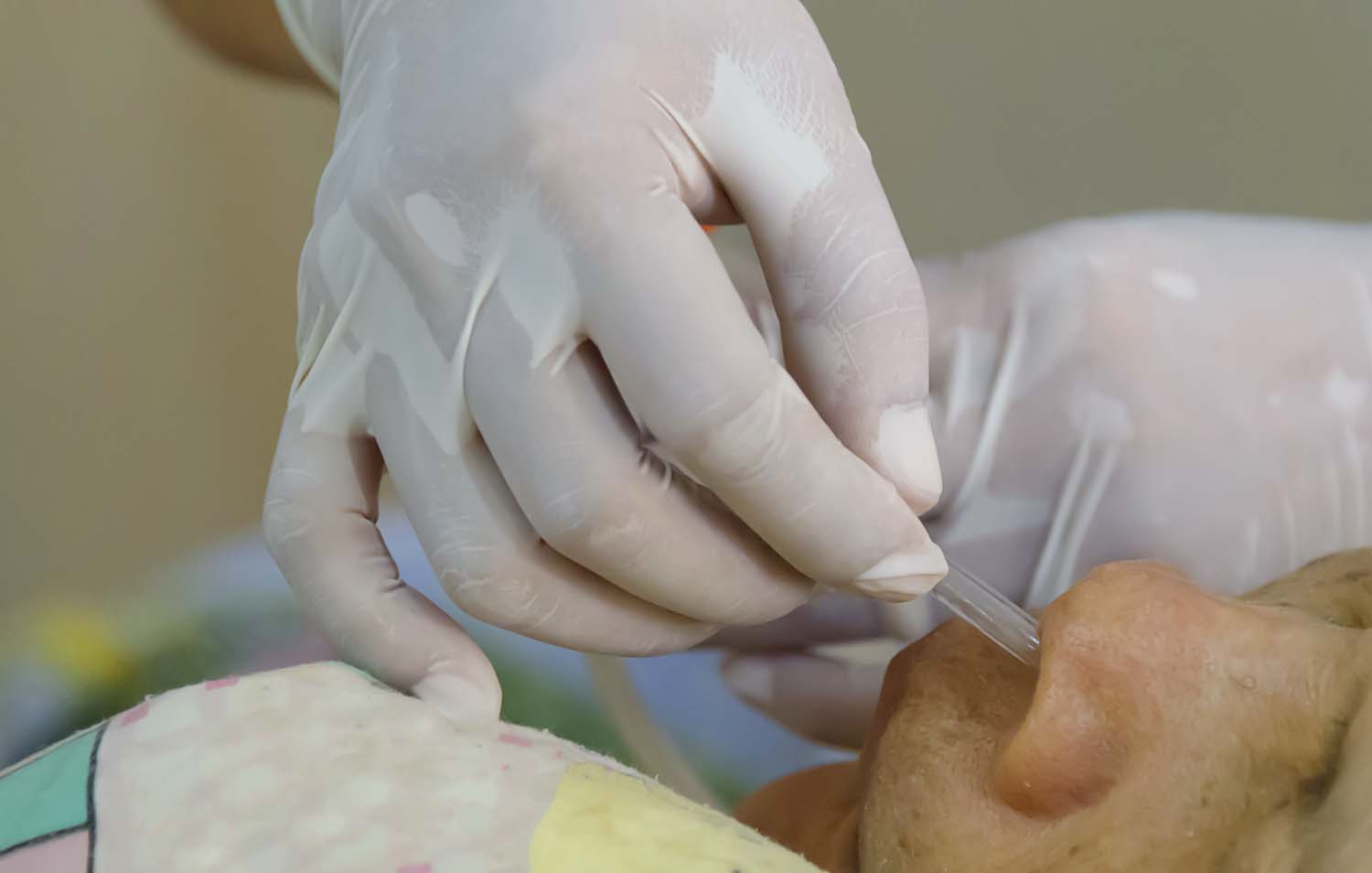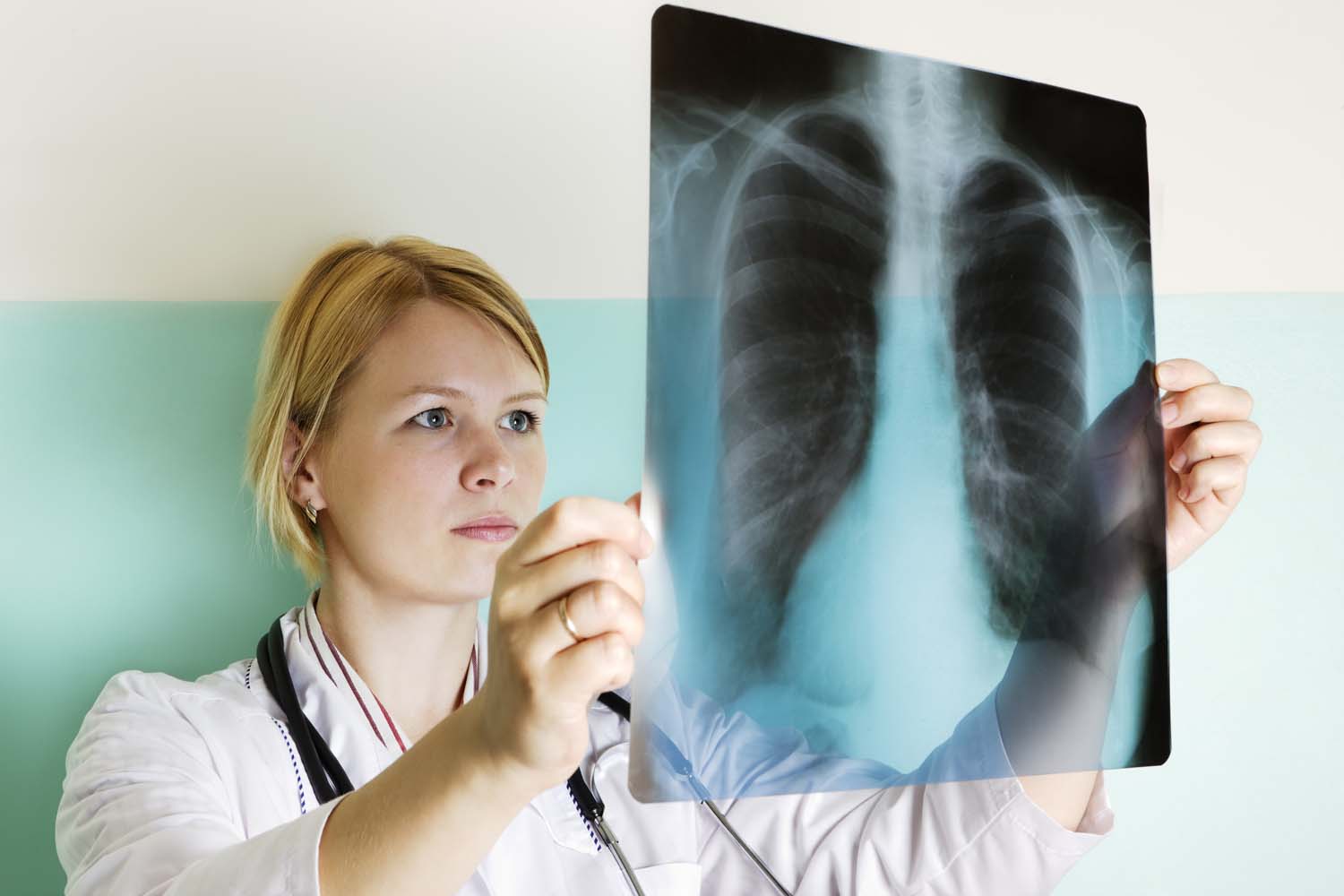Health Economics for the TubeClear System
Estimate your facility's financial case for the TubeClear system. Hospitals (Acute Care)Outside the Hospital (Extended Care)Just One Enteral Nutrition Interruption Has Major Impact


Technical issues (e.g., clogs) interrupt the delivery of a patient’s enteral nutrition. One interruption to a patient’s enteral nutrition (EN) can increase their median length of stay (LOS) by 1.5 days in the ICU, and 8 days in the hospital.
Increased hospital length of stay can cost $5,136 per day in the ICU and $1,699 per day in the hospital, for a total of more than $13,500.
Current Solutions Are Not As Effective
Other De-Clogging Methods Take More Time
In unpublished data by Garrison, C.M., the TubeClear system (Actuated Device) took a total average of 8.8 minutes to restore feeding tube patency across three (3) clog types (I=Easy, II=Medium, III=Hard). The enzyme treatment and water flushing took a total average of 121.9 and 110.3 minutes, respectively.
Replacing EADs is Risky, Costly, and Painful
When a patient’s clogged EAD cannot be cleared, it requires replacement. Depending on the type of EAD and patient’s requirements, this can lead to an increase in cost, risk, and discomfort.

Misplacement of EADs into the bronchial tree occurs in 2.4% to 3.2% of patients.

Only 80-85% of EAD insertions are successful on the first try, risking complications and multiple radiographs for re-insertion.

Patients experience pain and discomfort when replacing their feeding tube.


